by Louise Irvine
At Mardi Gras, we are reminiscing about the Zulu rickshaw drivers in South Africa who dress up even more extravagantly than the Zulu Krewe in New Orleans with feathers, beads, and horns. This vibrant Ardmore rickshaw is one of the most popular works of art in the Safari for the Soul gallery. The Ardmore artists have substituted monkeys for the passengers and a zebra to pull the bedazzled rickshaw. Zany zebra teapots also have a starring role at our Mad Hatter’s Tea Party.
Horns & Feathers
The streets of Durban, South Africa were once full of rickshaws drawn by Zulu men. Invented in Japan, the human-powered vehicle was first introduced to Durban in 1892 to alleviate transport shortages. The local Zulu people called them amahashi (horse) and by the early 1900s, there were more than 2,000 at work in the busy port city. The puller’s outfits became more and more creative and fantastic to attract the custom of the tourists.
The horns symbolize that the pullers are as strong as an ox and the double set was embellished with massed feathers (isiyaya) in the style of Zulu warriors to increase height and stature. In addition to their magnificent appearance, the pullers created dramatic steps with wild leaps to compete for passengers. By the 1930s synthetic new materials were added to wild animal skins and beadwork to decorate the rickshaw regalia, including bicycle reflectors and Christmas tinsel. Car tires were made into sandals known as imbadada. Souvenir snapshots and postcards abounded for the tourists and riding in a rickshaw was an exotic travel experience. In 2011, Walking with Dignity, was a successful community project to restore 25 dilapidated rickshaws and some still exist today plying their trade along Durban’s oceanfront.
Zulu Krewe
The flamboyant costumes of the rickshaw pullers remind us of the crazy carnival costumes worn by the Zulu Krewe in New Orleans since 1909. An African-American Krewe, known as the Tramps, were inspired by a musical comedy about the Zulu tribe and for their Mardi Gras parade they donned grass skirts and feathers. Mocking authority, the first Zulu Krewe King wore a lard-tin crown and carried a banana-stalk scepter. Year-round, the benevolent aid society raised money for their community providing an early type of insurance for illness and funerals. The most famous Krewe of Zulu king was Louis Armstrong who reigned in 1949. Today, the Zulu’s coconut throw is the most coveted in New Orleans. Originally thrown in their natural hairy state, the coconuts were soon painted and decorated with glitter. Today they are handed out rather than thrown for safety reasons.
Zebra Riders
The Ardmore artists make zebra riding look easy but in fact, they are usually too aggressive to train. They kick and bite and their backs are not really strong enough to support the weight of a man. Nevertheless, there were numerous attempts to tame them in the late 19th century. Zebras were trained for performance at Ducrow’s early Victorian circus but apparently “entirely lost their spirit and vivacity, in consequence, assuming the humbled bearing of the common donkey.” By the way, a cross between a donkey and a zebra is known as a Zonkey! A zebra was once a star attraction at a circus event at the Gallery of Amazing Things.
In Victorian times, Mrs. Alice Hayes rode side-saddle on a zebra trained by her husband. The American filmmaker and adventurer, Osa Helen Johnson, rode a zebra in Africa during the 1920s. Dr. Rosendo Ribeiro, the first private medical practitioner to diagnose the bubonic plaque in Kenya, rode a zebra to visit his patients. Perhaps the most successful zebra trainer was the eccentric zoologist, Lord Walter Rothschild of the global banking family. He trained zebras to pull his carriage and took his team to Buckingham Palace in London in 1895, just to prove it could be done. In Calcutta, a scion of the wealthy Mullick family bought a pair of zebras from the local zoo to pull his carriage through the streets.
A Dazzle of Zebras
It is believed that the zebra’s distinctive stripes help confuse predators by motion dazzle making it more difficult to pick out an individual target. However, an African folk tale tells us that zebras were originally white but acquired their black stripes when they were scorched with fire sticks after a fight with a baboon. As well as Zebra riders, the Ardmore artists have produced some striking Zebra vases, tureens, and jugs. Ardmore founder, Fée Halsted, was inspired by French Majolica jugs from the 19th century that were discovered on her travels. She is pictured with a monumental Ardmore example on her last visit to WMODA.
Zebras are a popular subject for Ardmore’s crazy teapots currently starring at the Mad Hatter’s Tea Party at WMODA. Some are for sale courtesy of the Pascoe Gallery. Complete your zany zebra tea party with table linens from the Ardmore Design collection which appear on tea towels, napkins, and table runners sold at the WMODA shop.
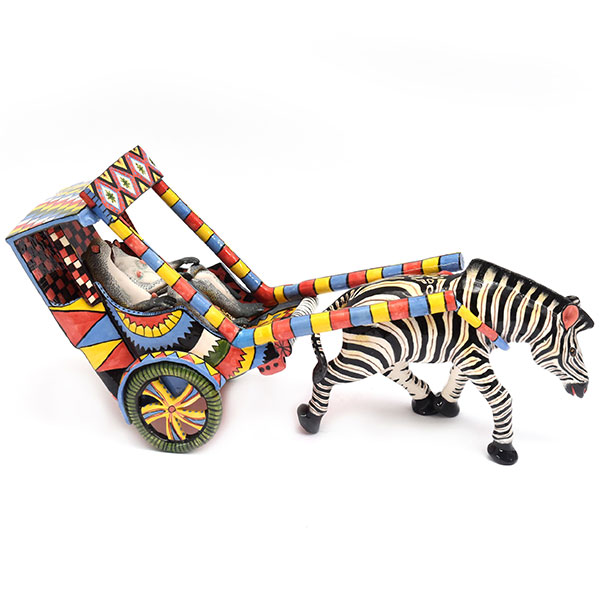
Ardmore Zebra Rickshaw
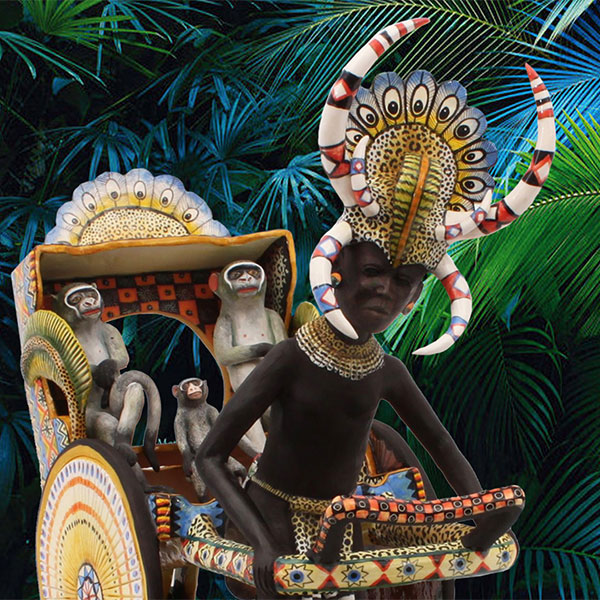
Ardmore Zulu Rickshaw
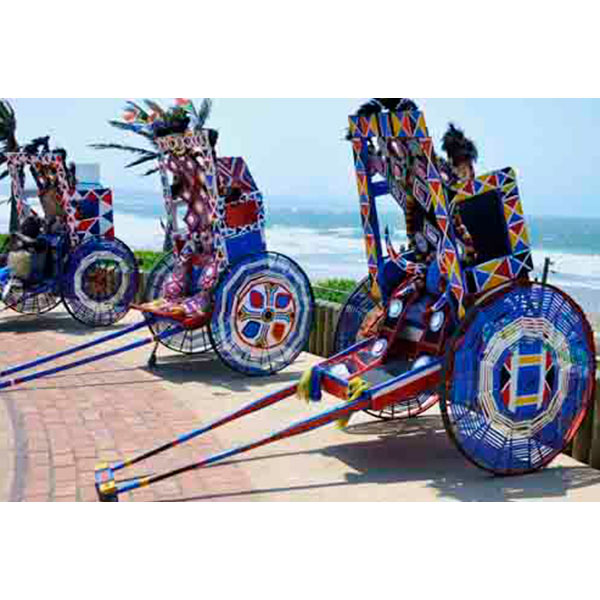
Rickshaws in Durban
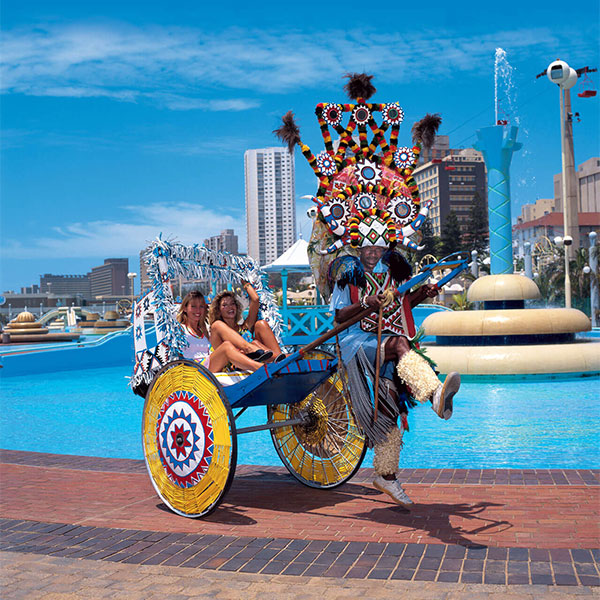
Rickshaw Ride
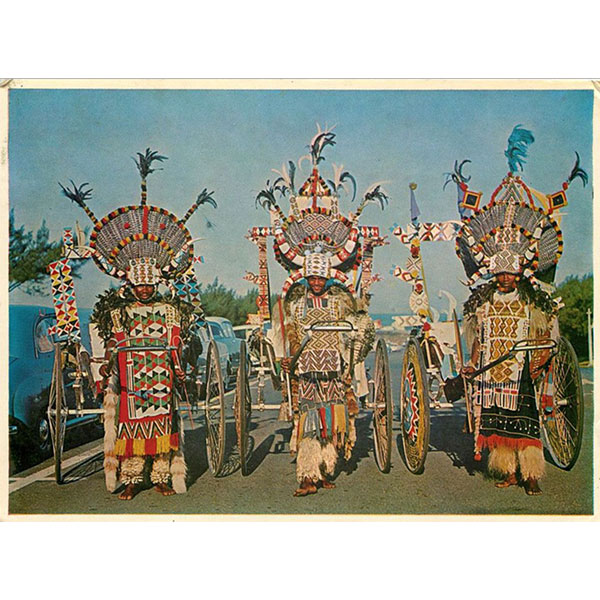
Rickshaw Pullers Postcard
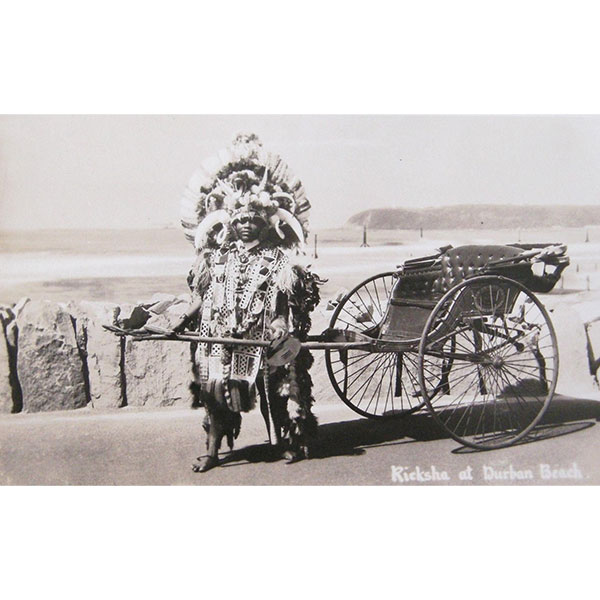
Rickshaw Durban Beach Postcard
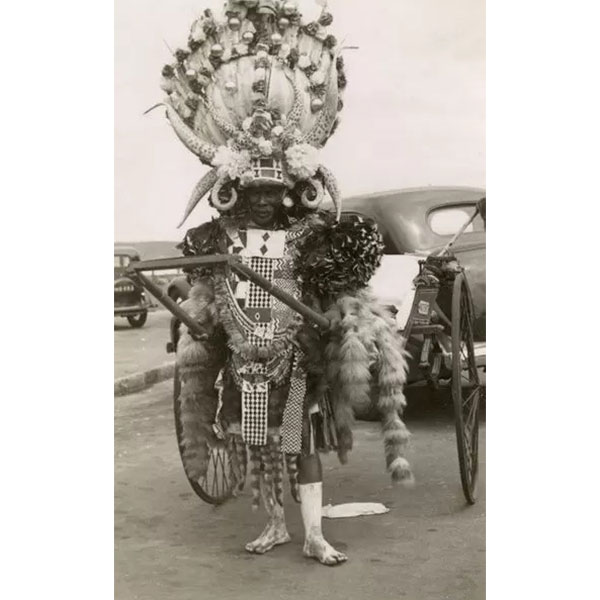
Rickshaw Driver from Durban
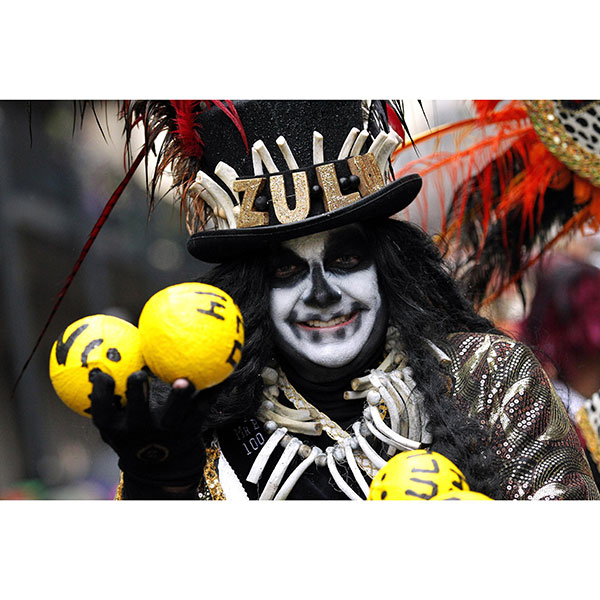
Zulu Krew in New Orleans
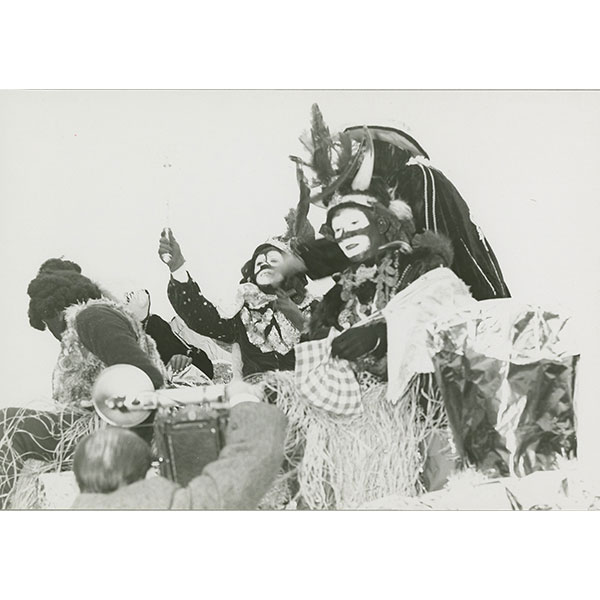
Zulu Krew King Louis Armstrong 1949
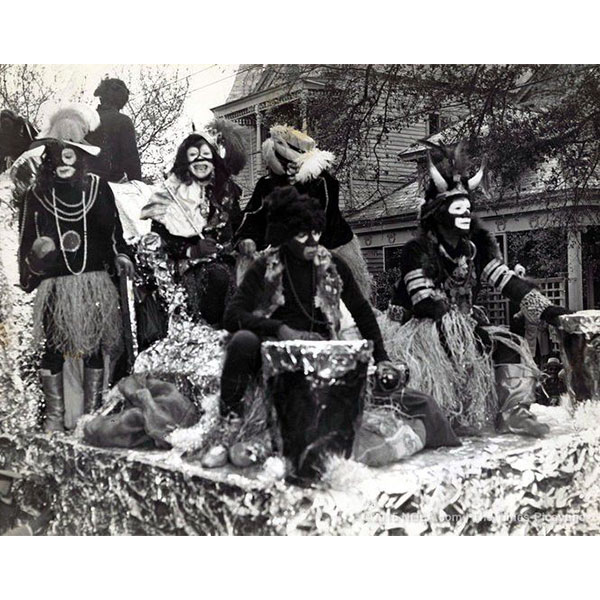
Zulu Krew King Louis Armstrong 1949
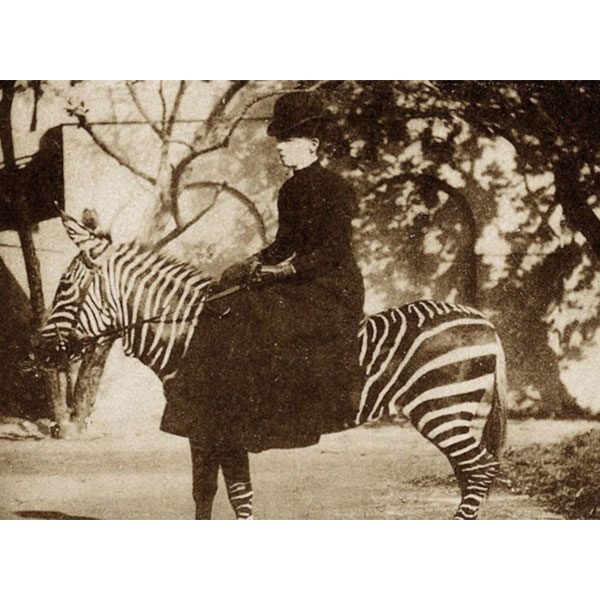
Victorian Zebra Riding
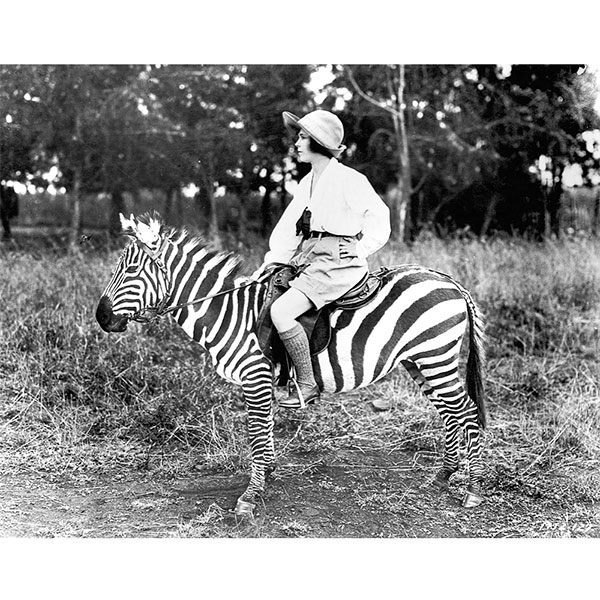
Osa Johnson Riding a Zebra
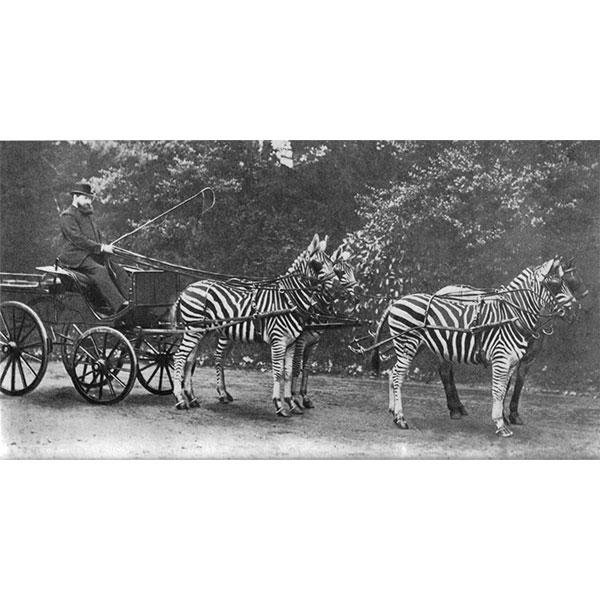
Lord Rothschild driving a zebra carriage
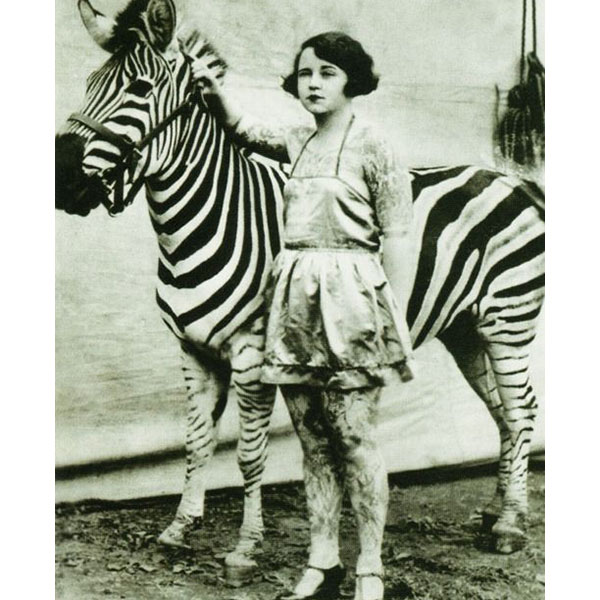
Circus zebra girl
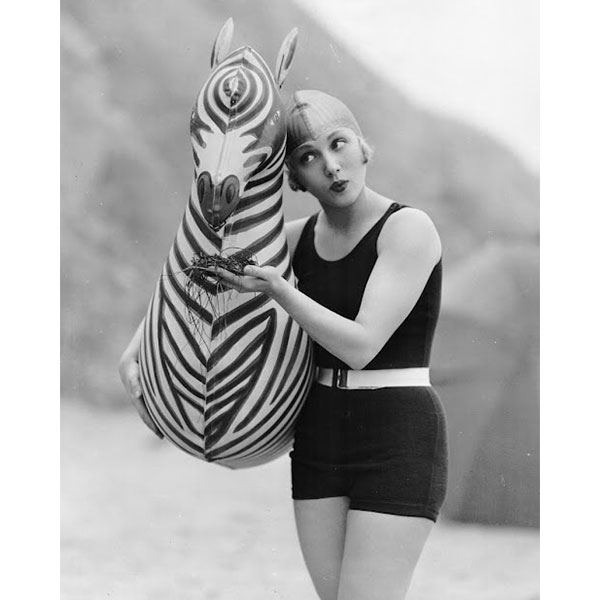
Actress Leila Hyams with an inflatable Zebra
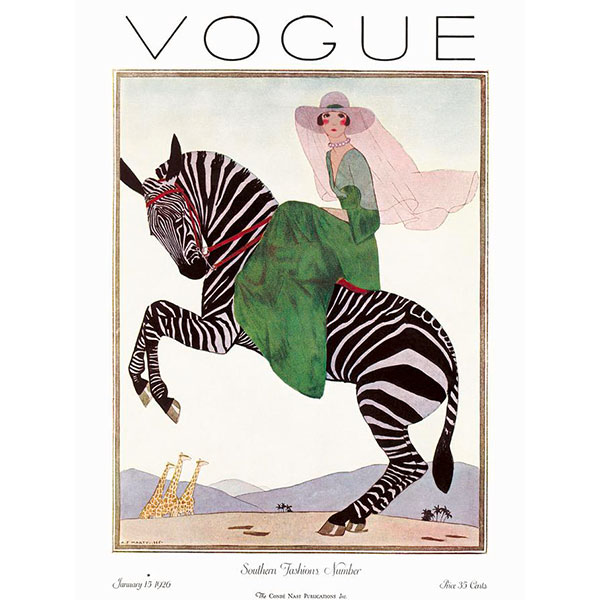
1926 Vogue Cover by A. E. Marty
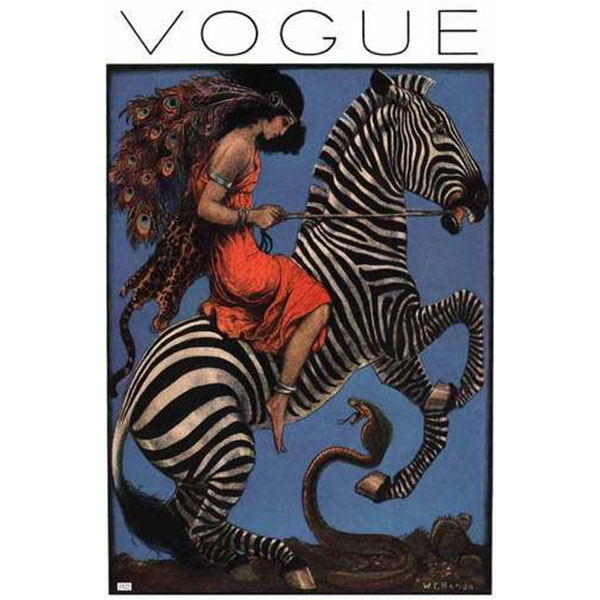
1922 Vogue Cover by W. T. Benda
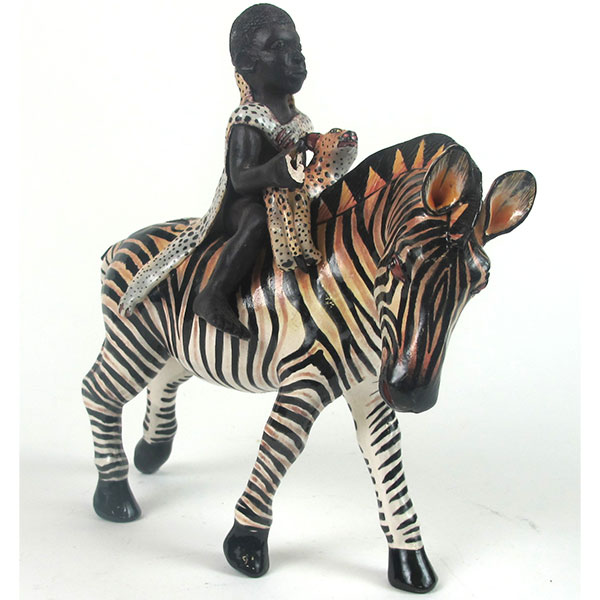
Ardmore Zebra Rider
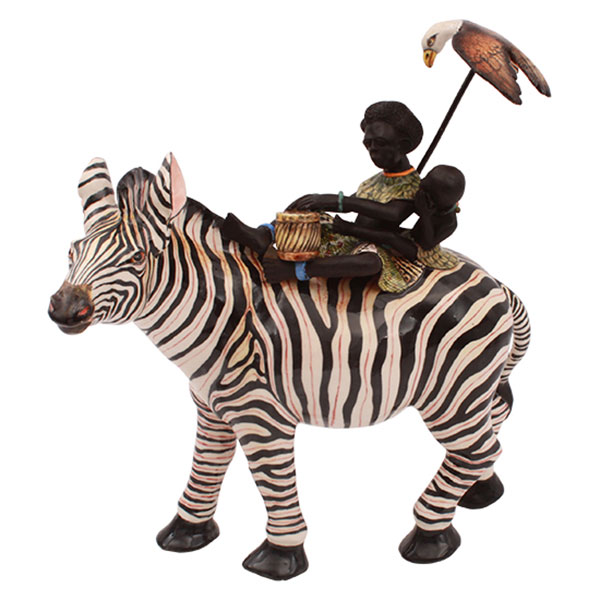
Ardmore Zebra Rider
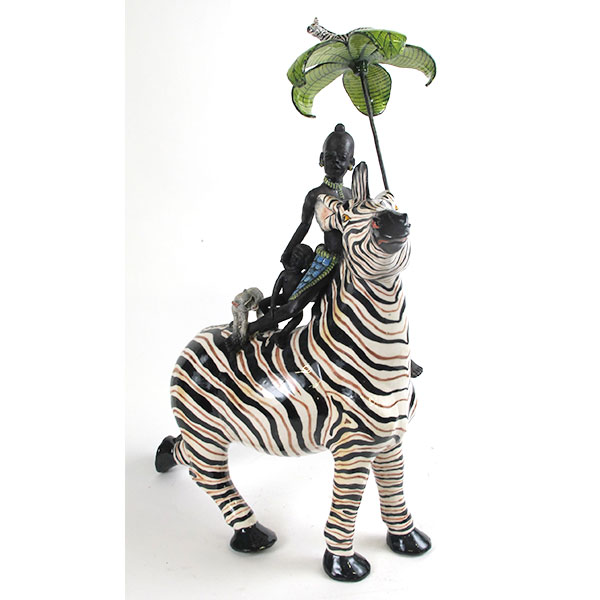
Ardmore Zebra Riders
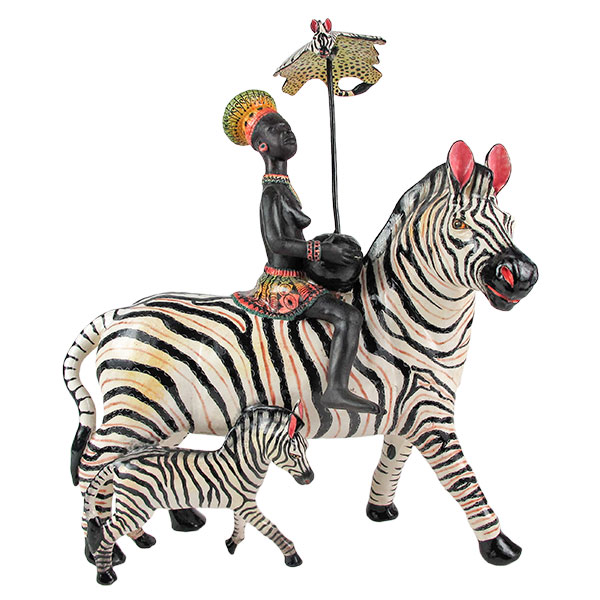
Ardmore Zebra with Foal and Rider
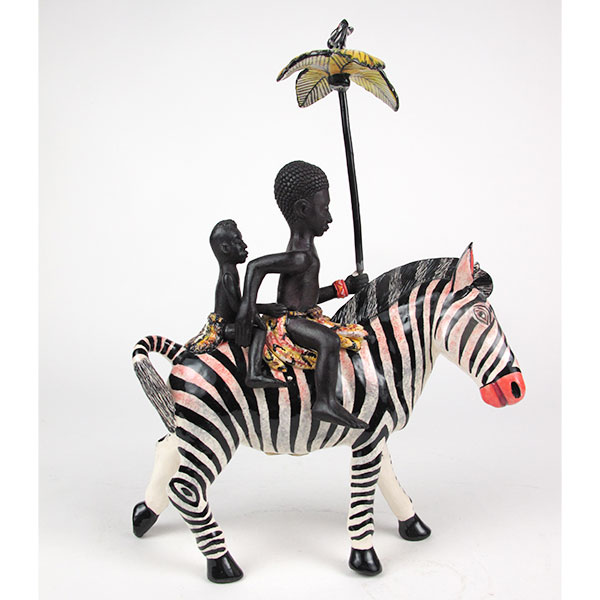
Ardmore Zebra Riders
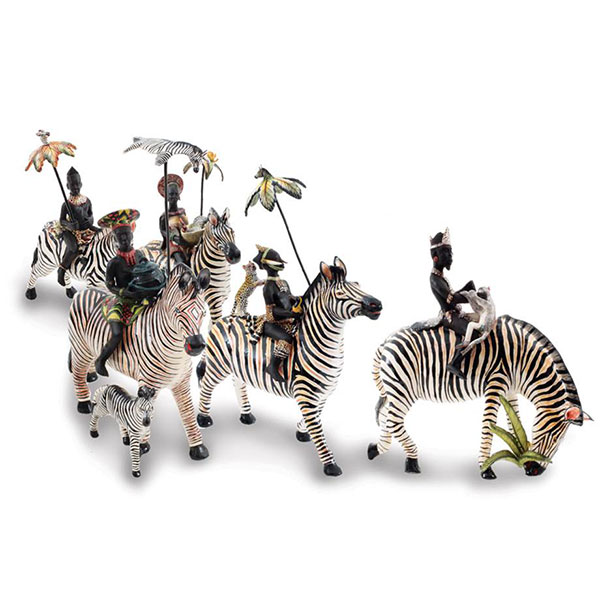
Ardmore Zebra Dazzle
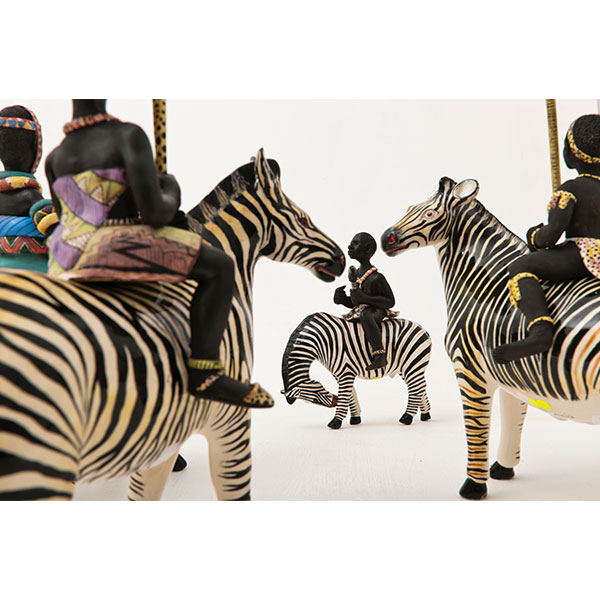
Ardmore Zebra Dazzle
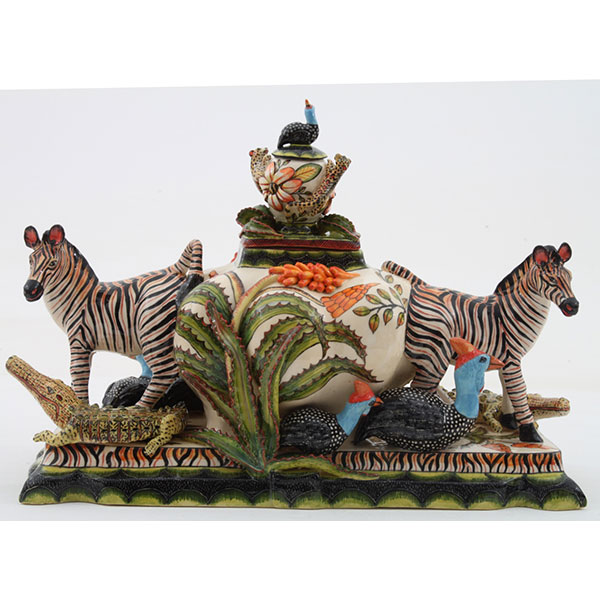
Ardmore Zebra Tureen
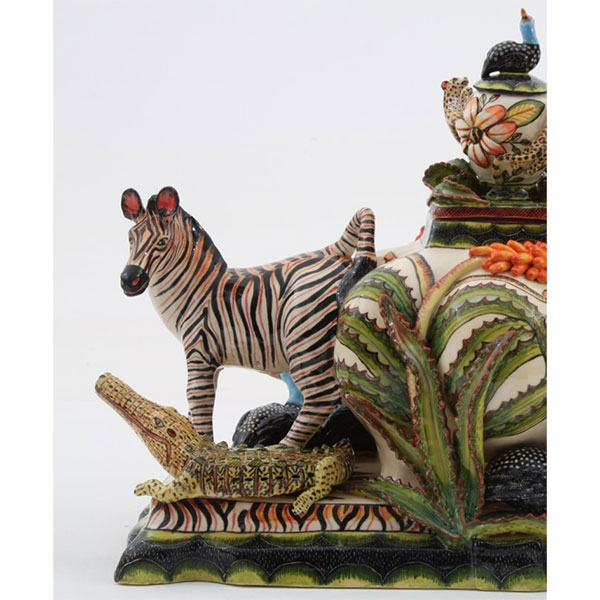
Ardmore Zebra Tureen detail
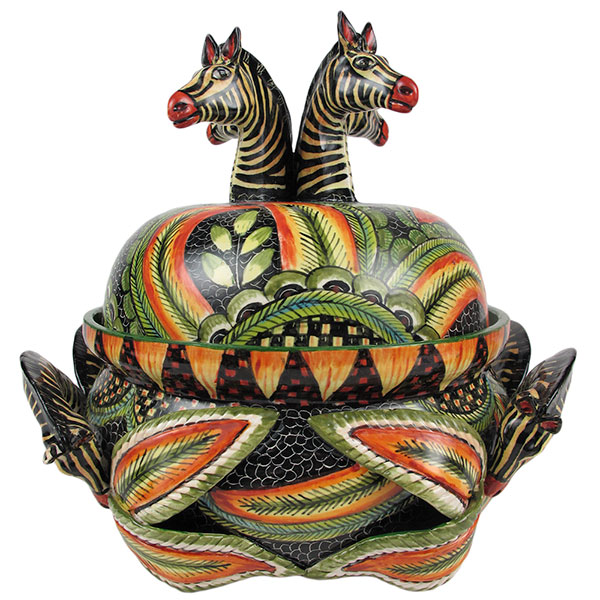
Ardmore Zebra Tureen
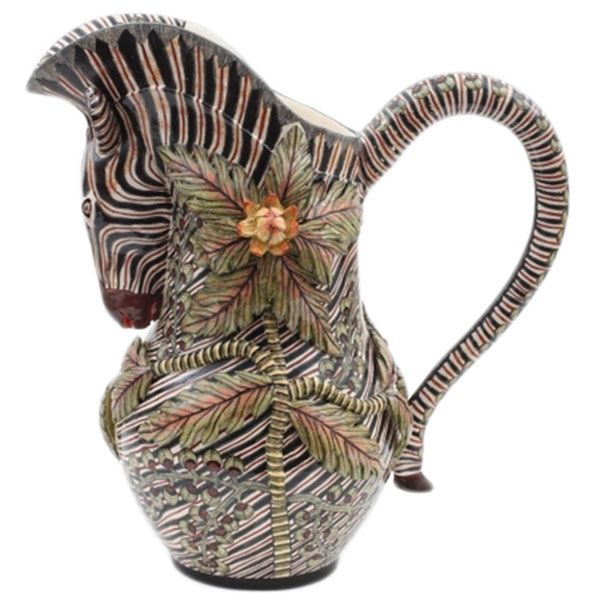
Ardmore Zebra Jug
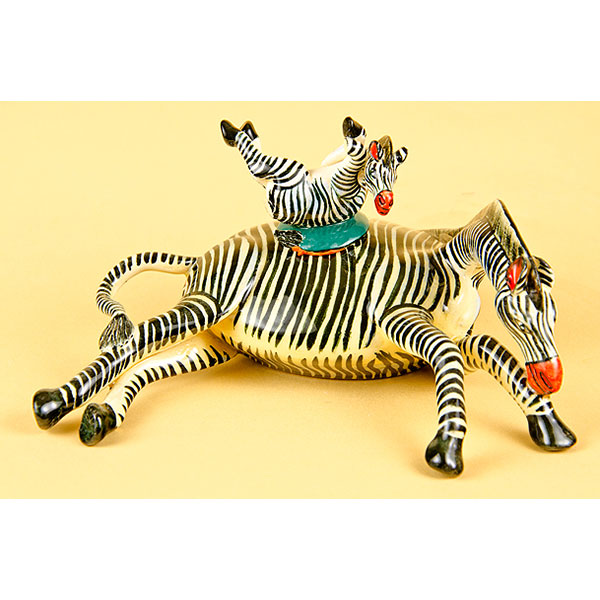
Ardmore Zebra
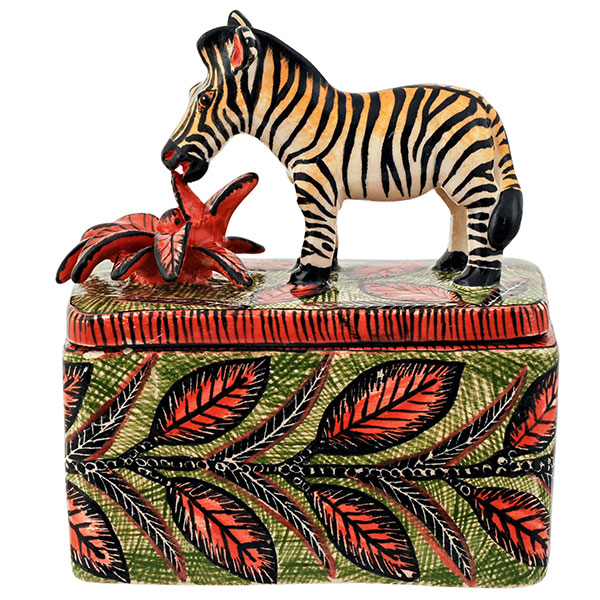
Ardmore Zebra Box
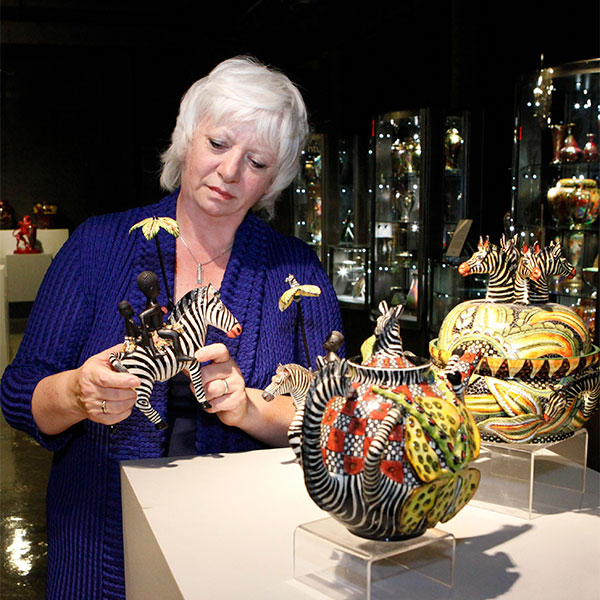
Louise with Zebras at WMODA
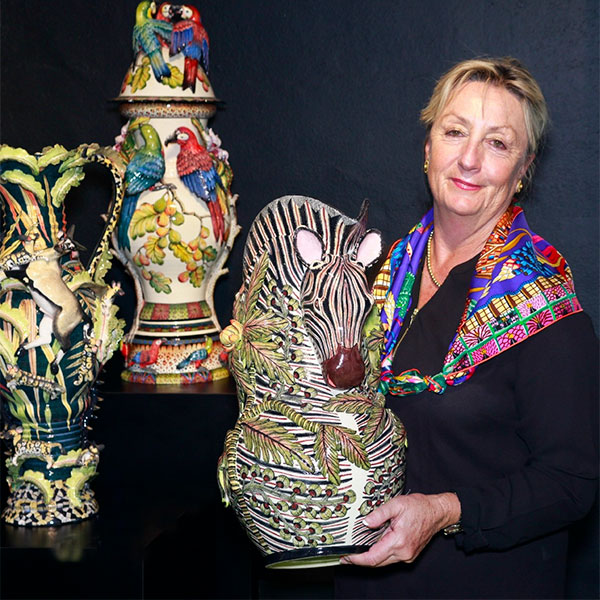
Fee with Zebra Jug at WMODA
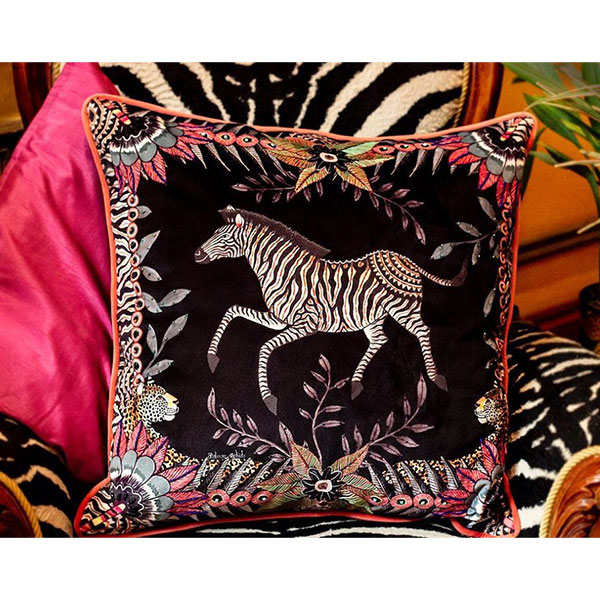
Ardmore Zambezi Zebra Cushion
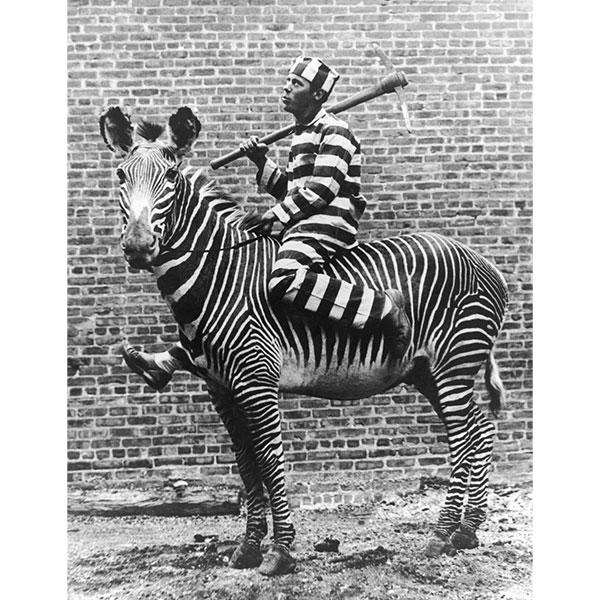
Zebra Stripes
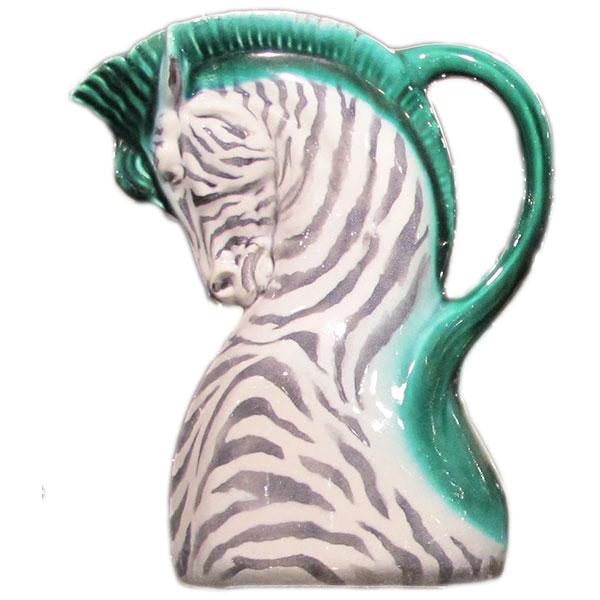
French Majolica Zebra
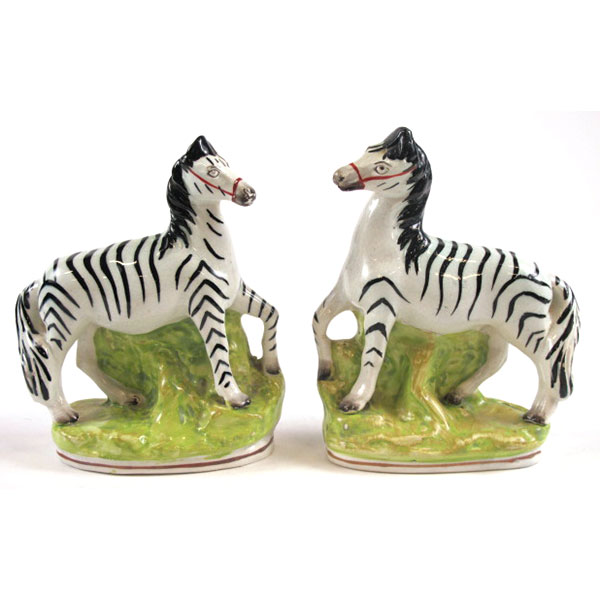
Staffordshire Zebras
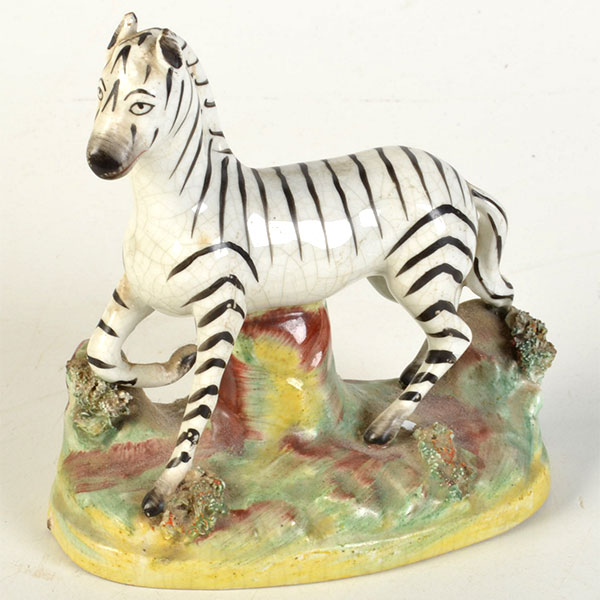
Staffordshire Zebra
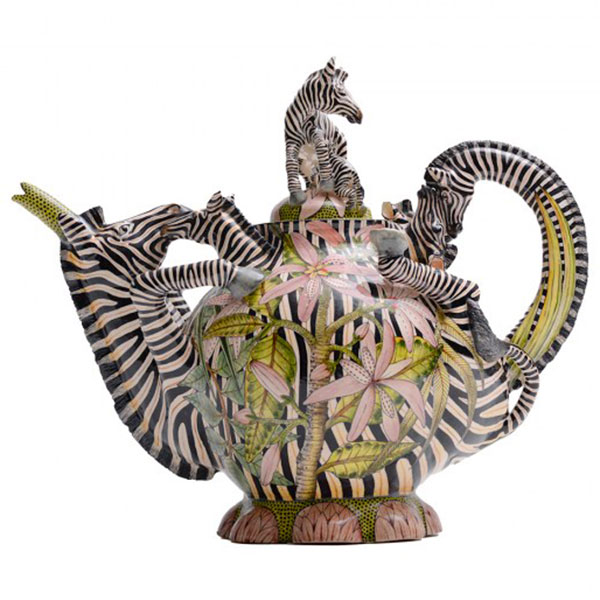
Ardmore Zebra Teapot for sale at WMODA from the Pascoe Gallery
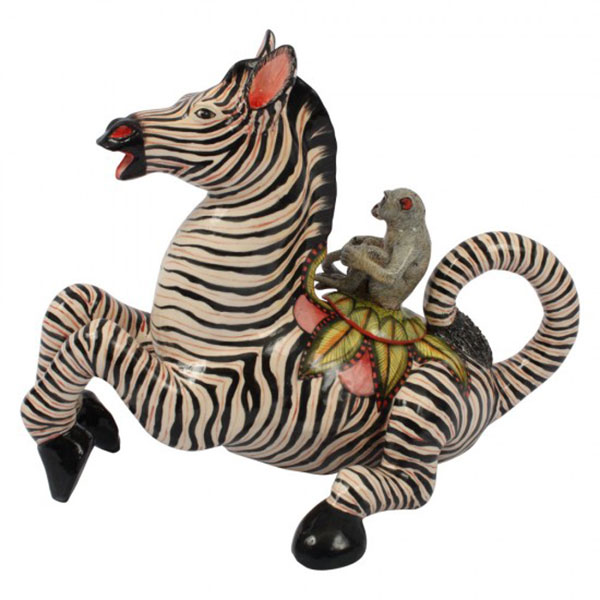
Ardmore Zebra Teapot for sale at WMODA from the Pascoe Gallery
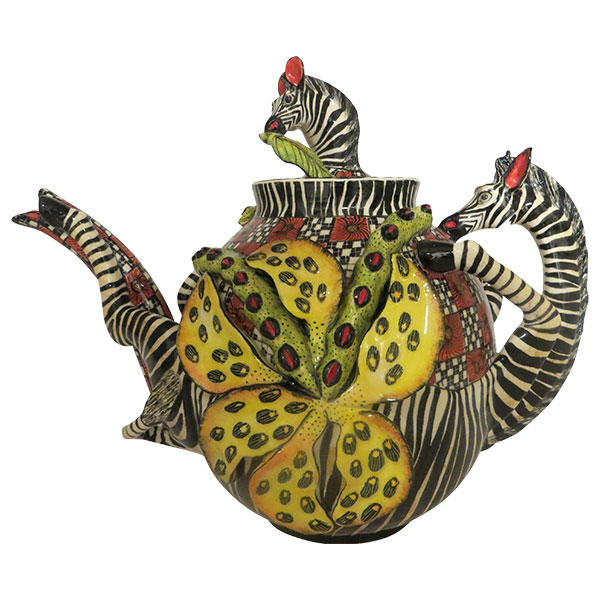
Ardmore Zebra Teapot
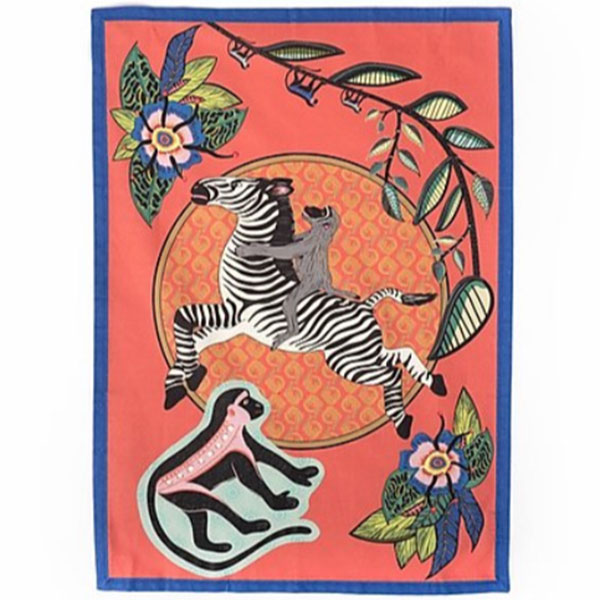
Ardmore Zebra Rider Tea Towel
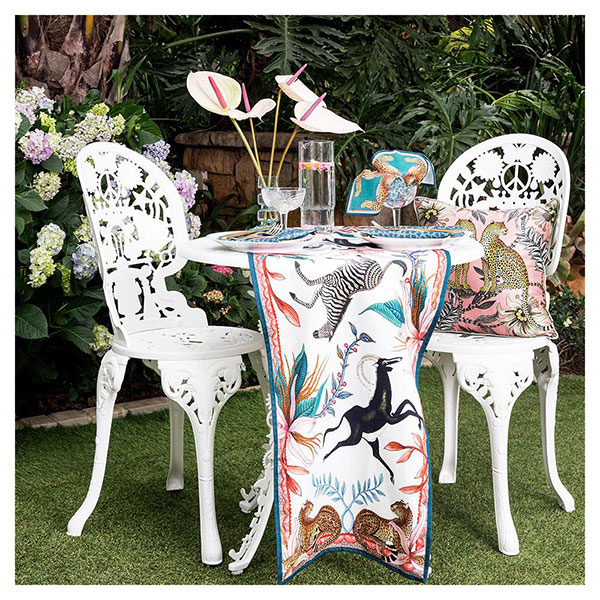
Ardmore Sable & Zebra Tablerunner
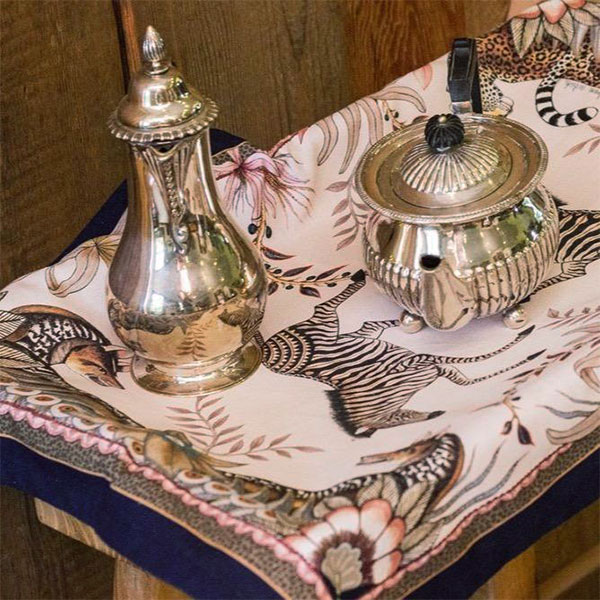
Ardmore Bush Bandits Tea Towel
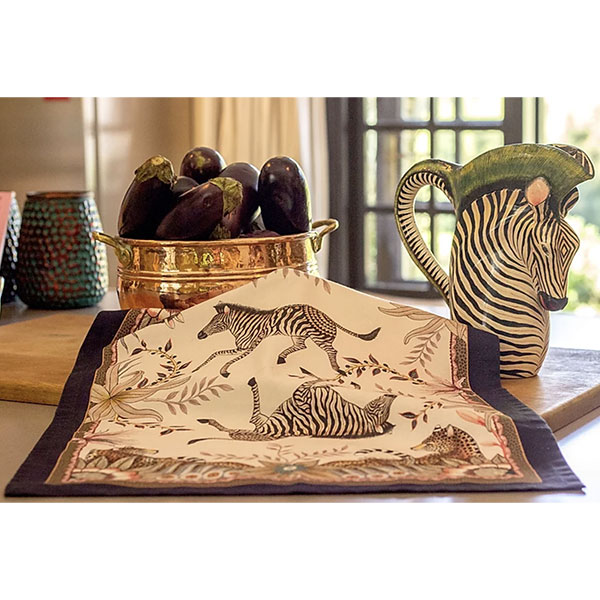
Ardmore Bush Bandits Tea Towel with Jug
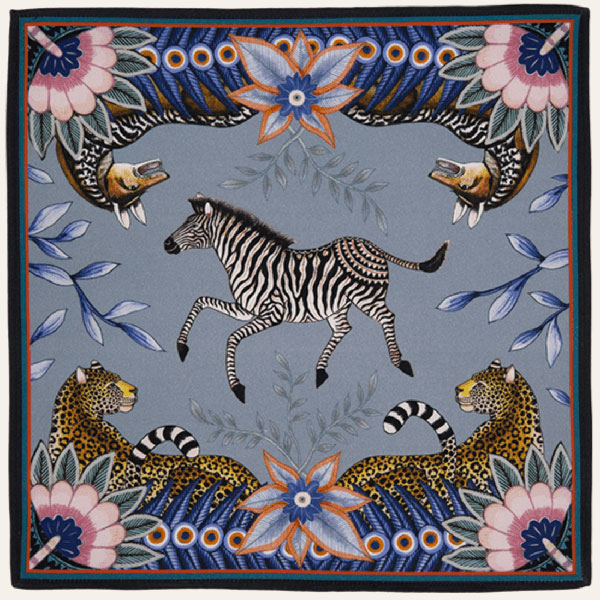
Ardmore Bush Bandit Napkin
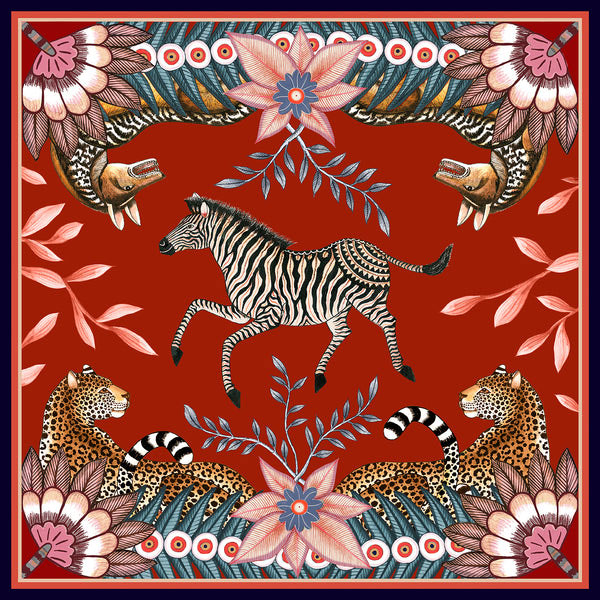
Ardmore Bush Bandit Napkin
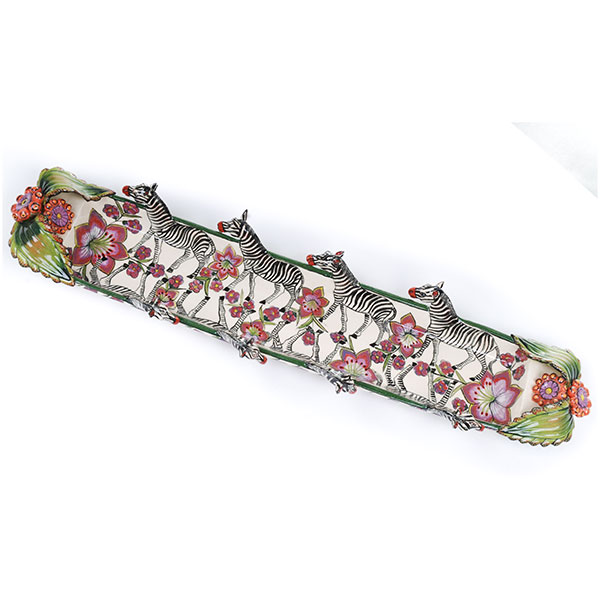
Ardmore Zebra Tray
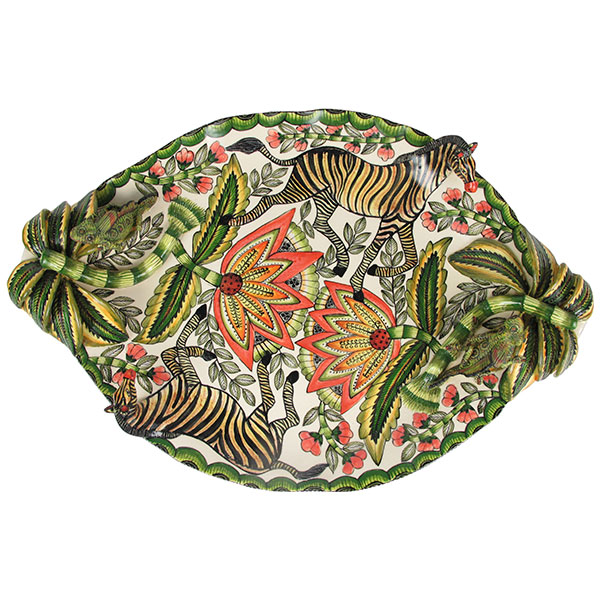
Ardmore Zebra Tray
